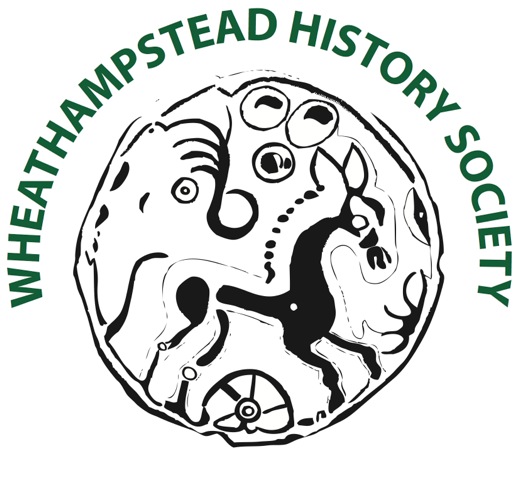
.jpg)
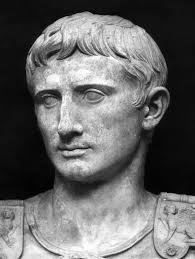
.JPG)
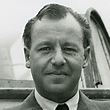
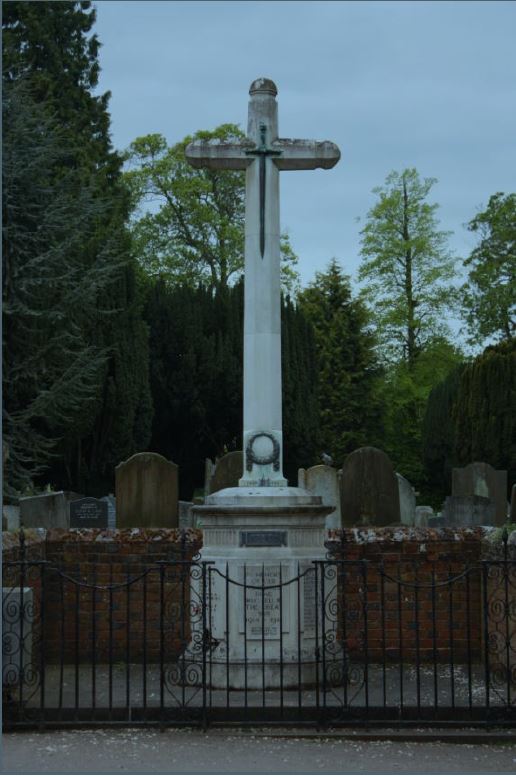
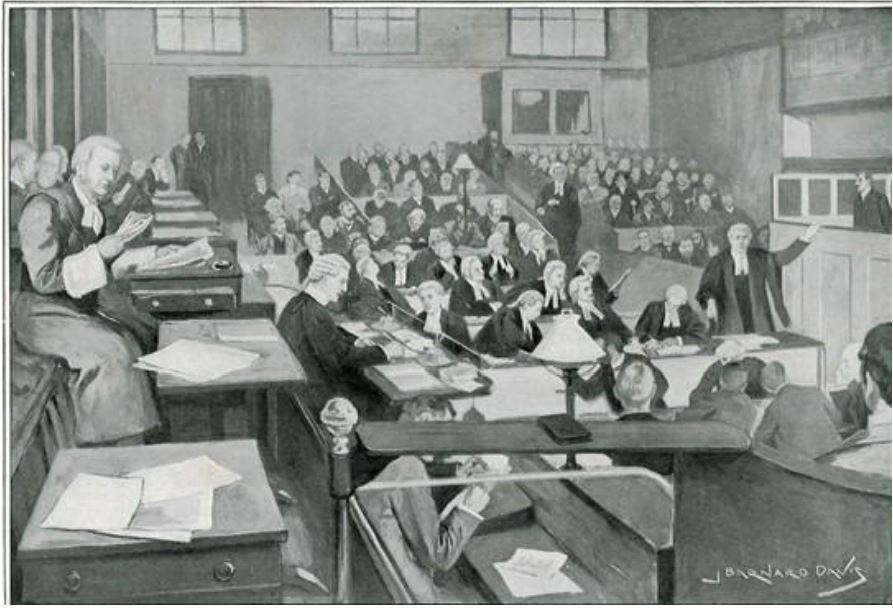
This page of the website provides an opportunity for you, whether you live locally or further afield, to publish your research into the history of Wheathampstead.
Please contact us if you have written an article, or maybe just some notes, that you would like us to add to this page.
If you are thinking of writing something and would like some advice, please contact us.
If you have already written something but are not sure if it is suitable or ready for publication, we would be pleased to help with editing and/or proofreading your work.
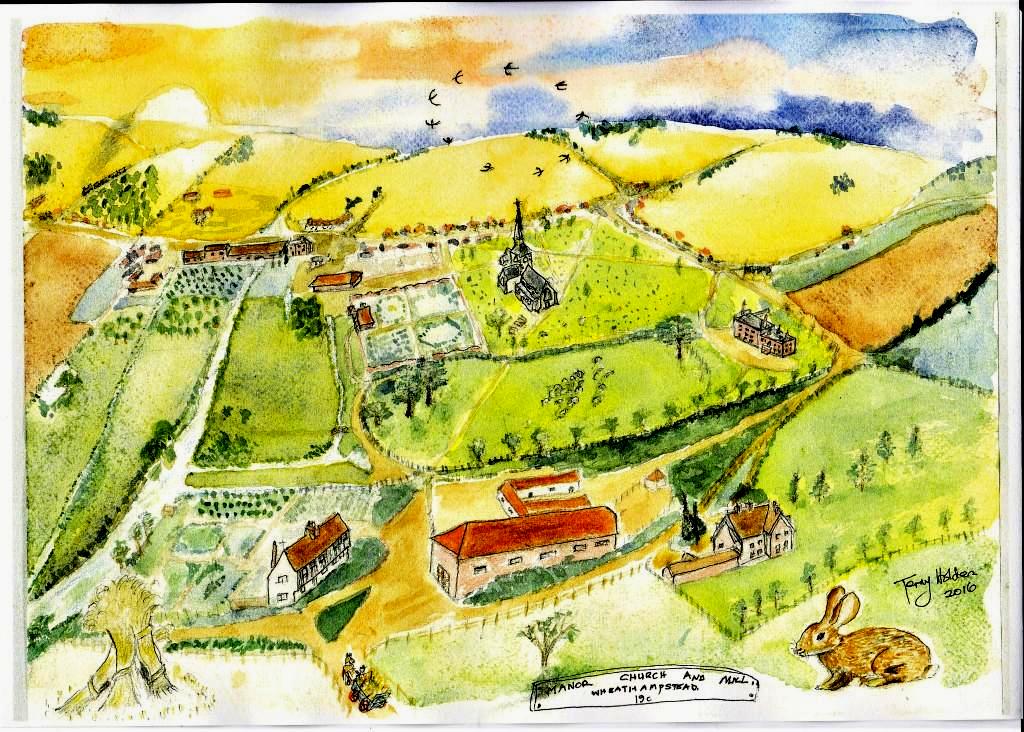
MANOR, CHURCH AND MILL IN 19th CENTURY WHEATHAMPSTEAD
by Terry Holden
For information about this painting, click here.
(Click on a title to go to the research that you are interested in)
People and families
Foundling Hospital Children in Wheathampstead
The House and Oakley Families of the Grove Farm 1742-1911
Jesse Chennells: a distinguished resident of 19th century Wheathampstead
The Notorious Rector of Wheathampstead and his Unfortunate Curate
The Rector's Son-in-law and the First Cuckoo
John of Wheathampstead: a biography
Reuben Dunham: from The Folly to the Old Bailey
Charles Higby Lattimore: a biography
Captain George Upton Robins: Pilgrimage and Battlefield Tourism in 1919
Wheathampstead in the 1921 Census
Houses and buildings
Intriguing History from Luton Lane
The Demolition of Town Farm 1971
Artists reflect on Wheathampstead
Discovering a fulling mill at Wheathampstead
The Wheathampstead Workhouse: a speculative history
Out and About in Wheathampstead
Chapel, Church, School and Sewage Works: 1876
A History of the Wheathampstead War Memorials
Lost Buildings of the High Street
Wheathampstead Sewage Works: 1873 to 1953
Roman and Medieval
What have the Belgians ever done for us?
Julius Caesar's Invasion of Britannia
Exploring the medieval fields of Wheathampstead, c.1315
Events
Automatic telephones come to Wheathampstead
An Accident on the Railway: 1875
Research methods
A simple guide to processing LIDAR data in CGIS
Finding Wheathampstead in Digital Archives
St Helen's School
Thomas Clark, Master from 1891 to 1927
The Early Years of the Infants' School
|
|
|
-------------------------------------------------------------------------------- Wheathampstead in the 1921 Census
Foundling Hospital Children in Wheathampstead
The House and Oakley Families of the Grove Farm 1742-1911
A significant local Account Book is now in the possession of the Wheathampstead History Society. The financial transactions were begun in the eighteenth century and the document was retained for many years by the House family of the Grove Farm. In this article Dianne Payne describes the tragic circumstances of the Account Book and the relationships between the House, Oakley, Wilkins and Sibley families, wealthy farmers and brewers in Wheathampstead, over seven decades.
A simple guide to processing LIDAR data in CGIS
The use of maps of all kinds in doing local historical research has progressed in leaps and bounds with digitisation and satellite mapping becoming commonplace. LIDAR images (Light Detection and Ranging, a remote sensing method that uses light in the form of a pulsed laser to measure ranges (variable distances) to the Earth) are freely available at lidarfinder.com but processing and making the most of the data calls for some technical knowhow. In this article, Mike Smith provides a simple guide.
Intriguing History from Luton Lane
Luton Lane in Wheathampstead, now known as Lower Luton Road, may seem an unlikely source of historical interest but this country lane, running parallel to the River Lea and well-travelled by carriage, horse and cart and on foot for centuries, has several remarkable and enigmatic stories to tell. Historical maps of the area reveal buildings that have long since disappeared, raising intriguing questions about origins and ownership.
Out and About in Wheathampstead
Dianne Payne's book Wheathampstead an Eighteenth-Century Village was published in 2021. This article, reproduced here by kind permission of The Historical Association, is one of several in this edition of The Historian that focuses on the historic built environment. The author describes some of the important historic buildings in Wheathampstead and goes on to explain how, while researching her book, she used a wide range of primary and secondary sources to view the village through an eighteenth century lens and to demonstrate both continuity and change.
Artists reflect on Wheathampstead
Over the past two hundred and fifty years, a varied range of artists visiting Wheathampstead have been inspired to portray it in different art forms, allowing us to see the village in new ways. In this illustrated article, Dianne Payne comments on drawings, paintings, sketches, lithographs and prints of the village created from 1791 to the present day, together with brief accounts of the artists.
The demolition of Town Farm, May 1971
Town Farm had stood on the corner of The Hill and Marford Road since the late 15th century. The Town and Country Planning Act (1968) had made the demolition of listed buildings a criminal offence but, though many local buildings were listed, Town Farm was not. Despite the Rural District Council's attempt to issue a Temporary Preservation Order, it was demolished by developers in just a few hours. In subsequent court hearings, the developer was acquitted of an offence on the grounds that the Order had never been delivered.
|
|
Finding Wheathampstead in Digital Archives 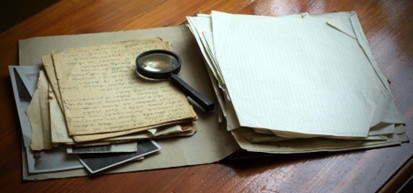
Archives are windows to the past. They can provide evidence, explanations and context, which help us understand the past and inform the future. Traditional physical archiving involves storing original documents systematically in folders, files and boxes in a particular location. This requires storage space and a collection can be vulnerable to wear and tear, damage, loss or even theft. In recent years, a transition to digital archiving has made historical documents widely available and easier to search and retrieve. This article describes many online archives that include information about Wheathampstead. |
|
Discovering a fulling mill at Wheathampstead 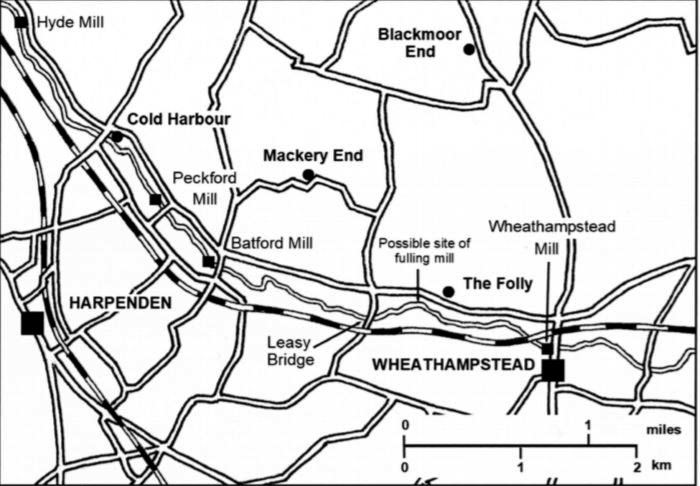
The small settlement known as 'The Folly' lies about a mile west of Wheathampstead on the Lower Luton Road. The source of its name has long been a subject for debate. In this article, Mike Smith shows how a combination of field walking, geophysics, LIDAR and old maps has revealed the existence of a 16th century fulling mill in the field opposite The Folly now known as Melissa Field. This suggests a possible origin for the name.
|
|
Exploring the medieval fields of Wheathampstead, c.1315
In most parts of the country the field patterns of the medieval period were extensively altered by later remodelling and enclosure, and in many cases they have been completely obliterated by modern urban development. It is not usually possible, therefore, to identify the medieval geography of a locality with any confidence. One exception, however, is Wheathampstead and in this article Mike Smith shows how, through judicious use of documentation and fieldwork, he has been able to recreate the medieval landscape of the parish. |
|
Jesse Chennells: a distinguished resident of 19th century Wheathampstead
Jesse Chennells was a member of a long-standing local family. Brought up at Town Farm in a family of devout Congregationalists, he married and moved to London as a 'City missionary'. When his mother died, he returned to Town Farm and, during the rest of the 19th century, became a notable figure in the life of the Congregational Church and the village as a whole. |
|
Older residents of Wheathampstead will remember the branch of Barclays Bank that stood where the Chinese restaurant is now but even they may not know that the Bank first opened in the village in 1906 – in the stationmaster's house. Read the full story. |
|
The Notorious Rector of Wheathampstead and his Unfortunate Curate
A biography of George Thomas Pretyman, Rector of Wheathampstead from 1814 to 1859. Making the most of the then-common practice of holding more than one ecclesiastical office at a time, he featured in The Black Book: or Corruption Unmasked, An Exposition of Abuses in Church and State' in 1835. On the other hand, he founded the first National School in Wheathampstead.
|
|
The Rector's Son-in-law and the First Cuckoo
Letters published in 'The Times' in 1902 tell an amusing story involving the local gentry.
|
|
Automatic Telephones come to Wheathampstead
An automatic telephone exchange was installed in Wheathampstead in 1938 but both Sir William Beach Thomas and Olivia Upton Robins were so dissatisfied with it that they wrote to 'The Times' newspaper.
|
|
The Wheathampstead Workhouse: a speculative history
The Wheathampstead workhouse was probably opened in the 18th century but the first record we have is dated 1804. The workhouse was part of a group of buildings in the High Street known as 'Workhouse Yard'; they were demolished in 1935. To see what stands there now, click on 'Lost Buildings of the High Street, Part Two'.
|
|
An Accident on the Railway: 1875
Joseph Payne was the driver of a train that collided with another near Wheathampstead. Read the official report of the accident, together with a more personal account by Joseph Payne's great-grandson, who lives in the village today. |
|
Charles Higby Lattimore: a biography
Charles Higby Lattimore was a wealthy tenant farmer in Wheathampstead in the 19th century, first at Bride Hall and later at Place Farm in the village. He campaigned for tenant farmers' rights and carried on a lifelong feud with his landlord, Drake Garrard of Lamer. He also campaigned for the repeal of the Corn Laws and was a friend of Richard Cobden. |
|
Chapel, Church, School and Sewage Works: 1876
The opening of the Congregational Church on Brewhouse Hill in 1876 triggered a lively correspondence in the Herts Advertiser between Algernon Pike, Master of the village school, and Charles Higby Lattimore. This article uncovers the background to this dispute as the two men exchanged genteel insults about issues to do with St Helen's Church, the school, and the new sewage works. |
|
On 11 April 1939, the prototype Moth Minor aircraft, developed by de Havilland at Hatfield and piloted by Geoffrey de Havilland Junior, crashed just outside the village. This article describes the crash, explains its cause and describes the modifications that later made the aircraft a success. |
|
John of Wheathampstead: a biography
John of Wheathampstead was the son of Hugh and Margaret Bostock of Mackerye End. He rose to become Abbot of St Albans not once but twice - from 1420 to 1440 and again from 1451 to 1465. |
|
From The Folly to the Old Bailey
The life of Reuben Dunham, a tragic tale that opens a window onto the lives of the labouring poor of north-west Hertfordshire at the end of the nineteenth century. |
|
Captain George Upton Robins: Pilgrimage and Battlefield Tourism in 1919 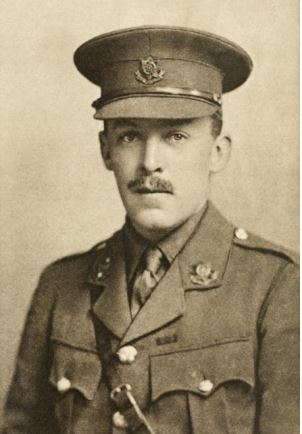
George Upton Robins was from the Robins family of Delaport and later lived at Lea House, The Folly. He served in both the Boer War and the Great War and died from the effects of gas poisoning at Hill 60, near Ypres. This article shows how his sister, Olivia Upton Robins, visited his grave in France and how it was possible for poorer people to visit the graves and memorials of the fallen of the War. |
|
What have the Belgians ever done for us?
An Iron Age mystery. Who were the Belgae? Did they invade Britain? What about Julius Caesar? Should we erase ‘Belgic' from our history books? |
|
A History of the Wheathampstead War Memorials
In addition to the main War Memorial in the churchyard, there are several memorial boards, windows and tablets in the parish. In this article, Margaret and Terry Pankhurst describe how all these came about. The article complements the Pankhursts' two books: 'More than Just a Name' and 'Wheathampstead: Details of the Fallen 1914-1918'.
|
|
Lost Buildings of the High Street
Part One is about the east side of the High Street. Click here. Part Two is about the west side. Click here. These are both large files which may take time to download. |
|
Bury Farm Cottages were originally the hall, chambers and gatehouse of the Wheathampstead manor house. David and Ann Godfrey-Evans, who lived there for more than 60 years from 1953, researched the history in depth. In this booklet, published in 1994, they describe the origins of the manor of Wheathampstead in 1060 and trace its history up to the twentieth century. |
|
Julius Caesar's Invasion of Britannia
The author of this article lives in North Wales where he specialises in Welsh and Roman history, giving talks to local groups in and around Criccieth. These extracts are from two of his lectures, as they relate to Wheathampstead. |
|
|
|
Wheathampstead Sewage Works from 1873 to 1953
Amy Coburn's father and grandfather were managers of the sewage works from the day they opened and for the next 80 years. In this account, written in 1992, she tells the story of the works and of how she helped her father, together with some amusing memories of those times. |
These articles are based on the content of the logbooks kept by the Masters and Mistresses of the school from 1862 to 1918. The logbooks are stored at HALS where they are being conserved and digitised so they can be made available on the website 'findmypast'.
|
Thomas Clark, Master from 1891 to 1927
Thomas Clark, son and grandson of blacksmiths, rose to become Master of St Helen's School. His entries in the school logbooks show him to have been a conscientious and sensitive Master. This short biography traces his origins, his family life and his work at the school. |
|
|
The Early Years of the Infants' School
The story of St Helen's Infants' School from the day it opened on 29 December 1862. It is based on the daily entries in the logbook that the Mistress was required to keep. The last entry in this, the first logbook, was made on 23 December 1897, when this instalment of the story ends. |
|
|
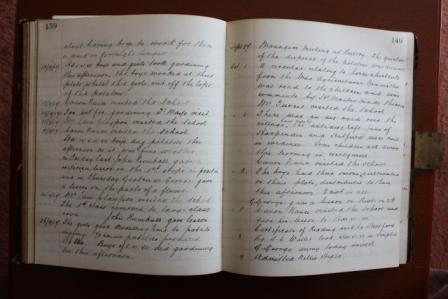 A search of the logbooks kept by Thomas Clark during the Great War shows its effect on the day-to-day life of the school. The children knitted socks and comforters for soldiers at the front, and later made splints and bandages, as well as sending cigarettes, making donations to War Savings and cultivating vegetables for the war effort. The logbooks record visits by former pupils and, in some cases, their deaths on active service. |
|
|
Copyright
|